One of the most important questions you have to answer when setting up a trust is who you are going to name as trustee. I want to discuss that in the context of a directed trust, which is a more modern approach to trust planning. So, let’s get into it.
Who should you name as the trustee of a trust you establish? And how does that decision play out in the context of a directed trust? First, the simple answer is that you should name whoever you think is most qualified for the role. As a recap, a trustee is responsible for administering the trust, ensuring its provisions are carried out. They oversee distributions, invest assets, and manage those assets, whether it’s a brokerage account, an operating business, a family vacation home, antiques, jewelry, or anything else. The trustee can be an individual or a business entity, such as a trust company or a bank, tasked with performing these responsibilities.
However, people often encounter challenges when setting up a trust. The first challenge is finding someone they trust enough to take on such a significant responsibility. Given the weight of the role, it’s crucial to name the person who is most qualified. But what if you don’t have one person who meets that qualification? You could name a trust company or a bank, but maybe you don’t have a long-standing relationship with them, or you worry about their own succession plan. On the other hand, you may want to name individuals you trust, but they might lack the necessary background, experience, or professional sophistication to administer the trust properly. So, what do you do?
Historically, most people have named a trust company because these firms employ teams of professionals who handle trust administration, asset management, and distributions to beneficiaries. However, there is now a more modern approach to trust planning, known as the directed trust. While the core idea remains the same—appointing the most qualified person to serve as trustee—directed trusts allow for the unbundling of traditional trustee roles. This means that different responsibilities can be assigned to different individuals, organizations, banks, or trust companies, based on their expertise in those particular areas.
This shift has significantly impacted trust planning, and directed trusts have emerged over the past 10, 20, 30, even 40 years. Not all states have directed trust laws, and though I don’t have the exact number, I believe around 20 or more states have enacted such laws. However, not all trust laws are created equal. South Dakota and Nevada, for example, are often recognized as the top trust jurisdictions, with South Dakota ranking number one due to its highly flexible and well-defined directed trust laws.
What also makes South Dakota’s trust industry unique is that many of its trust companies focus solely on one function—the administrative function. This means they handle document gathering, such as trust account statements or brokerage account records, and ensure that distributions are made on time. These administrative trustees take direction from two key roles: a distribution advisor or committee and an investment advisor or committee.
The distribution advisor or committee consists of individuals, groups, or organizations designated by the trust’s creator to decide when and how distributions to beneficiaries should occur. The administrative trustee—often a trust company—must follow the direction of the distribution advisor and has no authority to override their decisions. Similarly, the investment advisor or committee provides guidance on when to sell, buy, or leverage assets. The investment advisor can even be the trust’s creator, a designated individual, or an organization. They have considerable flexibility, including the ability to make day-to-day investment decisions, such as trading securities or running an operating business, without requiring the involvement of the administrative trustee.
Why is all of this important? Because directed trusts offer a more sophisticated and customizable way to manage and administer trust assets compared to traditional models. Instead of naming a single trustee—such as a trust company or a family member who might not have the right experience—a directed trust allows for a more strategic approach. You can appoint professionals with specialized expertise while still involving trusted family members or friends. This could mean a mix of long-term personal relationships and experienced professionals, such as attorneys, financial advisors, CPAs, banks, or trust companies.
In essence, the directed trust structure provides a balanced approach to ensure that the trust is administered and managed according to your wishes, with the right people handling the right responsibilities.
